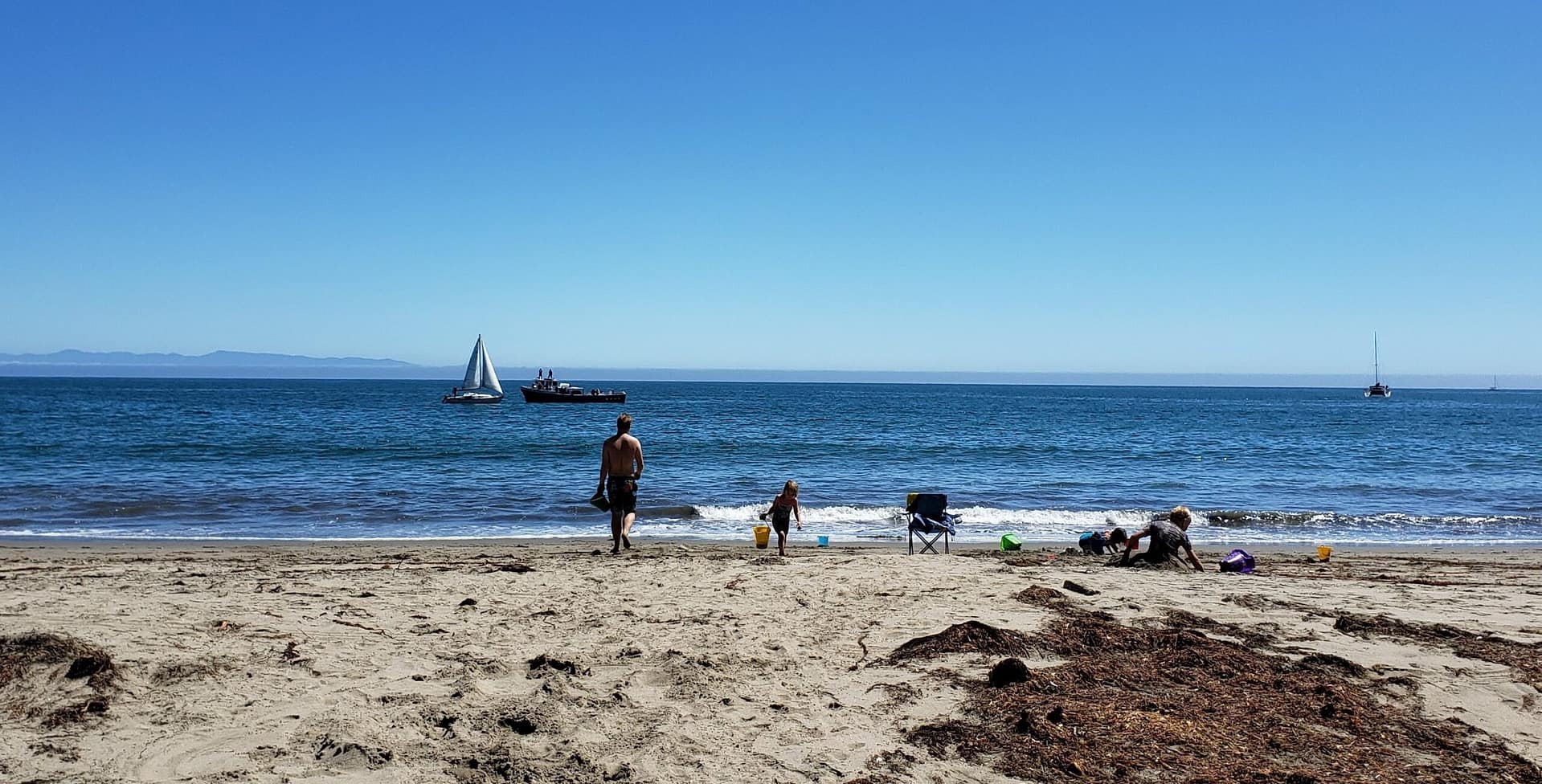
A couple wonderful hours was all we could handle of being at the beach this afternoon. Even as I write this post my shins and ankles burn with the heat poured into them from the powerful sunlight. Was it worth it? Oh, yeah! It was so worth it! The moderate burning sensations on my legs remind me of the tremendous beauty and power of the earth’s elements that we encountered at the beach. I also can’t help but see incredible contrasts between our experience at the beach today, and what we experience during screen-time.
Cold Ocean Water: While boogie boarding, my toes went numb after 15 minutes and my muscles wouldn’t respond properly.
Screens numb us slowly overtime Excessive screen-time will make our bodies struggle to perform normally.
Sunlight: The sunshine is so nice at the beach. It is also very powerful! 15-20 minutes was all it took for virgin skin to burn if not protected by sunscreen, clothing, or shade.
Media available through our screens is vast and very powerful at provoking emotion and chemical stimuli for our brain. Media filters , parental guidance, and time-frame boundaries are some key protections that can be implemented to protect against addiction, anxiety, and other mental disorders possible through exposure to toxic or excessive media.
Ocean Waves: according to your size weight and position, the four foot waves could topple you over and fill your ears and nose with salt water. Toddlers and children were especially vulnerable to getting knocked over by the waves.
Screen-time is very similar in that it can easily disrupt the cognitive development of children. The younger the child, the more potent and disruptive screen-time can be to their brain functioning and development. (See sources below)
You see, we couldn’t change the elements we encountered at the beach. We could only prepare and adapt to the best of our ability. Once our physical limitations were reached, we had to stop and come up to higher ground on the beach. We needed to warm up and replenish before going back to the water. If we pushed beyond our natural limitations or ventured too far, we suffered some unpleasant consequences. These consequences could be as simple as sunburn or getting a mouthful of seawater. If we chose to really ignore our limitations, we risked even tragic consequences.
In contrast, we don’t encounter physical limitations in the same way when we are on a screen. When we are on a screen, we become less and less aware of our bodies. Whereas, being at the beach or other outdoor settings tend to heighten our body awareness, being on a screen tends to decrease our cognitive awareness of our bodies. This is one of the main reasons why it is very important to have healthy boundaries with the amount and frequency of screen-time we engage in. Our children need healthy boundaries with screen-time in order to live healthy and productive lives. They need our coaching and example in order to establish healthy habits, especially with screen-time being such an integral part of life.
Canadian Paediatric Society, Digital Health Task Force, Ottawa, Ontario, Screen time and young children: Promoting health and development in a digital world, Paediatrics & Child Health, Volume 22, Issue 8, December 2017, Pages 461–468, https://doi.org/10.1093/pch/pxx123
Lin, Ling-Yi et al. “Effects of television exposure on developmental skills among young children.” Infant behavior & development vol. 38 (2015): 20-6. doi:10.1016/j.infbeh.2014.12.005